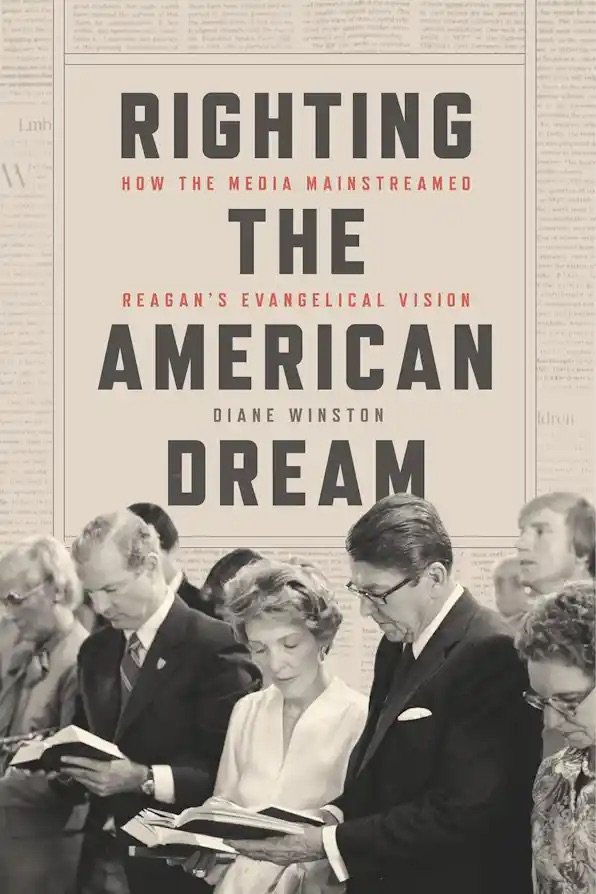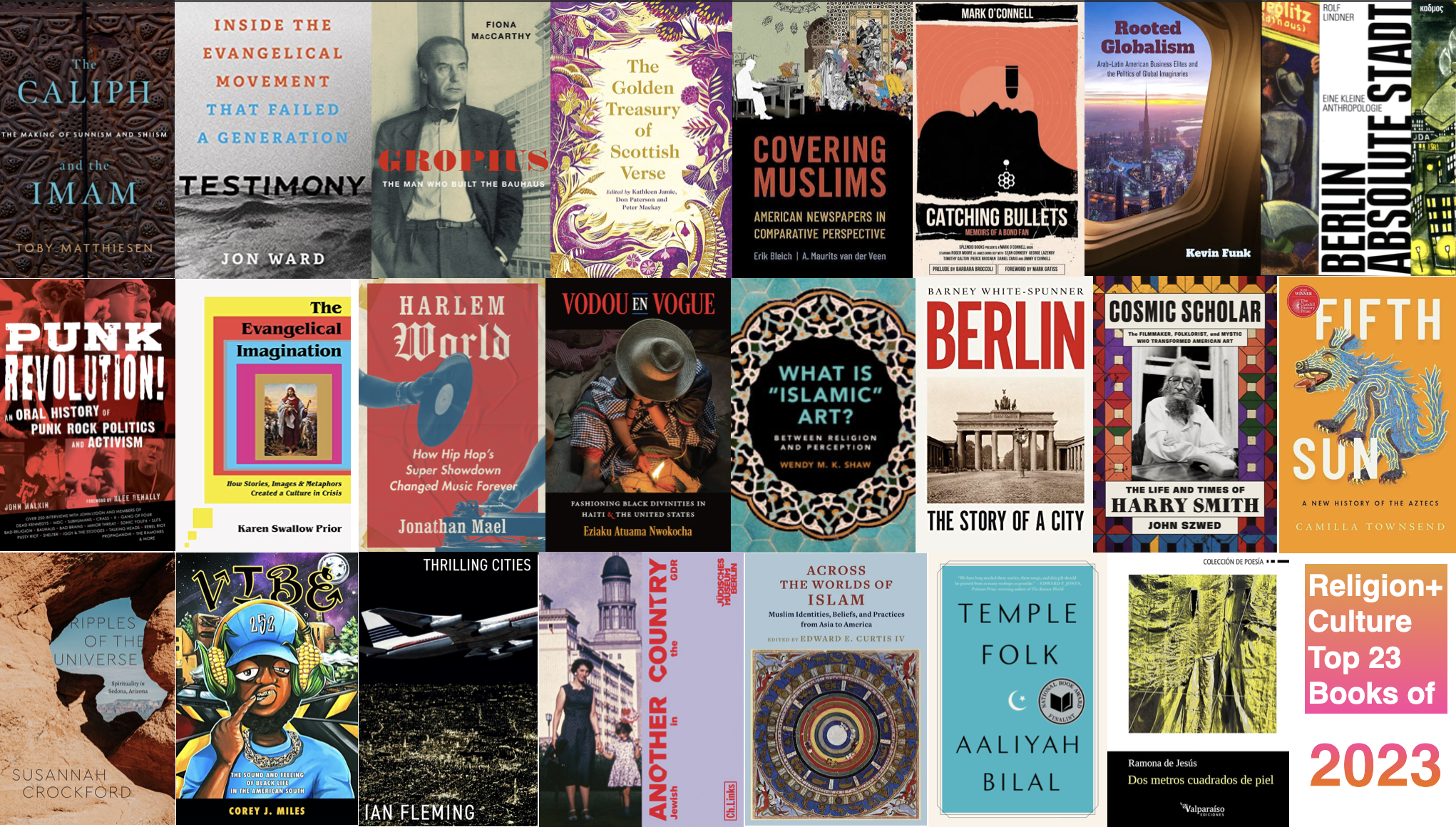When I started 2023, I was on a high. Maybe you were too. Maybe, like me, you were thinking, “Wow, 2023 is going to be…amazing!”
But as I snuck outside of the house in the Swedish countryside where I was celebrating the New Year with friends, I made a phone call that immediately changed things.
All the plans, dreams, and hopes for the year to come were put on hold. Or, at least, on standby.
As 2023 unfolded, we lost loved ones. We witnessed some pretty horrible moments around the world. Our families changed forever. Life transitions came and went. And as the year comes to a close, we realize nothing is going to be the same. The earth has shifted. The tectonic equations of how to navigate this life have changed.
The way 2023 played out meant that I didn’t read as much as I usually would over the year. I wasn’t as productive. The pages weren’t turned as quickly.
Nevertheless, these books saw me through. Amidst the change, I turned to wisdom and insight from authors who knew better than me. I enjoyed some fun ones too — books that took me out of where I was and helped me imagine another world.
After all, that is the power good books hold.
I hope, no matter what 2023 was like for you, that you had the chance to read some good books.
Whether the year was wonderful, the worst, or decidedly in between, I hope reading helped you get here. I know I wouldn’t be where I am today if it wasn’t for the books I’ve read, in 2023 or any other year.
And so, without further adieu, here are my top 23 books of 2023 (some new, some old), in the order I read them:
The Caliph and the Imam, by Toby Matthiesen (2023) - A monumental review of the 1,400-year-long complicated relationship between Sunni and Shii.
Testimony: Inside the Evangelical Movement that Failed a Generation, by Jon Ward (2023) - In this enlightening memoir, Ward recounts a life caught between being an evangelical and being a political correspondent.
Gropius: The Man Who Built the Bauhaus, by Fiona McCarthy (2019) - A detailed recounting of the life of a man who helped make late-modernity what it is.
Covering Muslims: American Newspapers in Comparative Perspective, by Erik Bleich and A. Maurits van der Veen (2023) - Testing to what extent stories about Muslims are negative in comparison to average media coverage, the authors find the bulk to be “resoundingly negative.” The question remains, what are we going to do about it?
Catching Bullets: Memoirs of a Bond Fan, by Mark O’Connell (2012) - “A unique and sharply-observed love-letter to James Bond.”
The Golden Treasury of Scottish Verse, edited by Kathleen Jamie, Don Paterson and Peter Mackay (2021) - You haven’t lived until you’ve been able to discern the resonant meaning of a Gaelic ballad.
Rooted Globalism, by Kevin Funk (2022) - Funk’s book sheds fresh light on the landscapes of interconnection between Latin America and the Middle East and the economic, political, and social orders that animate them.
Berlin: Absolute Stadt, by Rolf Lindner (2016) - Shines a stark light on the simultaneity of city and people, technical and mental change, that defines the character of Berlin and Berliners.
Punk! Revolution: An Oral History of Punk Rock Politics and Activism, by John Malkin (2023) - A riveting insiders’ history of punk’s charged relationship with social change.
The Evangelical Imagination, by Karen Swallow Prior (2023) - A perceptive analysis of the literature, art, and popular culture that has shaped what evangelicalism is and provides fodder to reimagine what it might become.
Harlem World: How Hip Hop’s Showdown Changed Music Forever, by Jonathan Mael (2023) - Mael unpacks how lyrical flair, and new techniques like record-scratching, elevated hip hop from the city’s streets to airwaves across the world.
Vodou en Vogue: Fashioning Black Divinities in Haiti and the United States, by Eziaku Atuama Nwokocha (2023) - An innovative take on how fashion shows religion to be a “multisensorial experience of engagement with what the gods want and demand.”
What is ‘Islamic’ Art? by Wendy M. Shaw (2019) - Shaw adroitly explores the perception of arts through the discursive sphere of historical Muslim texts, philosophy, and poetry.
Berlin: Story of a City, by Barney White-Spunner (2020) - As the title promises, this is a narrative retelling of how Berlin came to be “Berlin.”
Cosmic Scholar, by John Szwed (2023) - Brilliantly captures the life and legacy of the enigmatic filmmaker, folklorist, painter, producer, anthropologist, archivist, Kabbalist, and alchemist Harry Smith (1923–1991).
Fifth Sun: A New History of the Aztecs, by Camilla Townsend (2019) - Dispels some of the most long-lasting myths about Mexica culture, in an approachable and convincing manner.
Ripples of the Universe: Spirituality in Sedona, Arizona, by Susannah Crockford (2021) - An intimate portrait of the politics, economics, and everyday realities of New Age spirituality in the northern Arizona tourist town.
Vibe: The Sound and Feeling of Black Life in the American South, by Corey J. Miles (2023) - Deeply and deftly examines Blackness in the American South through the prism of “trap music.”
Thrilling Cities, by Ian Fleming (1959) - A timepiece of travel writing from the creator of James Bond.
Another Country: Jewish in the GDR, by the Jewish Museum of Berlin (2023) - A revealing exhibition book that explores what it was like to be Jewish in East Germany.
Across the Worlds of Islam: Muslim Identities, Beliefs, and Practices from Asia to America, edited by Edward E. Curtis IV (2023) - Centers the stories of Muslim practices, perspectives and people too often marginalized in both popular and academic imagination.
Temple Folk, by Aaliyah Bilal (2023) - A compassionate collection of stories that shows the humanity of the Nation of Islam — its faults, foibles, and the people who fell between.
Dos metros cuadrados de piel, by Ramona de Jesús (2021) - Raw, honest, and — in the truest sense of the word — poetic to the bone.


